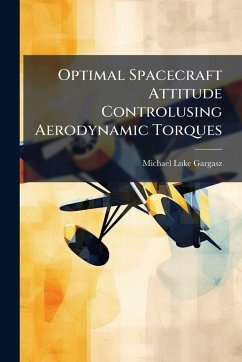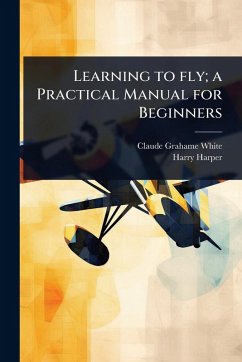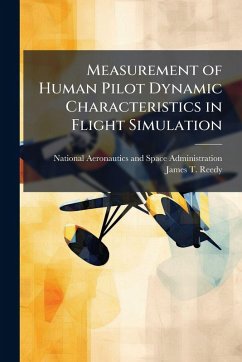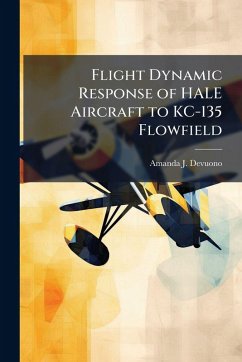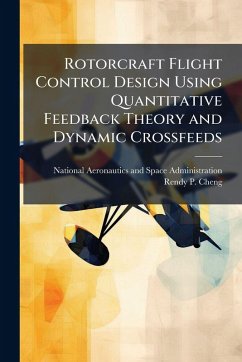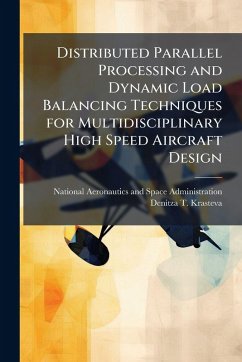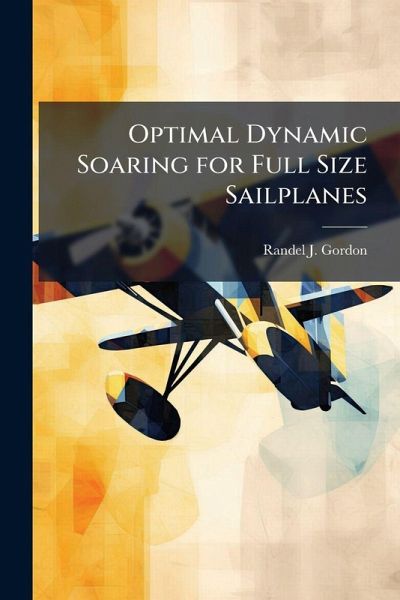
Optimal Dynamic Soaring for Full Size Sailplanes

PAYBACK Punkte
9 °P sammeln!
Dynamic soaring is a unique flying technique designed to allow air vehicles to extractenergy from horizontal wind shears. Dynamic soaring has been used by seabirds like theAlbatross to fly hundreds of kilometers a day across the ocean. Small hobby radio controlledsailplanes have also used this technique to achieve sustained speeds of over 200 miles per hourfrom just a simple hand toss. Dynamic soaring, however, has never before been studied for useon full size aircraft. The primary goal of this research was to prove or disprove the viability ofdynamic soaring for enhancing a full size aircraft...
Dynamic soaring is a unique flying technique designed to allow air vehicles to extractenergy from horizontal wind shears. Dynamic soaring has been used by seabirds like theAlbatross to fly hundreds of kilometers a day across the ocean. Small hobby radio controlledsailplanes have also used this technique to achieve sustained speeds of over 200 miles per hourfrom just a simple hand toss. Dynamic soaring, however, has never before been studied for useon full size aircraft. The primary goal of this research was to prove or disprove the viability ofdynamic soaring for enhancing a full size aircraft's total energy by using a manned sailplane as ademonstration air vehicle. The results of this study will have a direct impact on the sport ofsoaring, as well as the design of the next generation of large, sailplane-like, robotic planetaryexplorers for the National Aeronautics and Space Administration (NASA).This research began with a point mass optimization study of an L-23 Super Blaniksailplane. The primary goal of this study was to develop and analyze optimal dynamic soaringtrajectories. A prototype 6 degrees of freedom (DOF) flight simulator was then developed. Thissimulator helped to validate the dynamic soaring aircraft equations of motion derived for thisresearch and built operational simulator development experience. This work has been selected by scholars as being culturally important, and is part of the knowledge base of civilization as we know it. This work was reproduced from the original artifact, and remains as true to the original work as possible. Therefore, you will see the original copyright references, library stamps (as most of these works have been housed in our most important libraries around the world), and other notations in the work. This work is in the public domain in the United States of America, and possibly other nations. Within the United States, you may freely copy and distribute this work, as no entity (individual or corporate) has a copyright on the body of the work. As a reproduction of a historical artifact, this work may contain missing or blurred pages, poor pictures, errant marks, etc. Scholars believe, and we concur, that this work is important enough to be preserved, reproduced, and made generally available to the public. We appreciate your support of the preservation process, and thank you for being an important part of keeping this knowledge alive and relevant.





